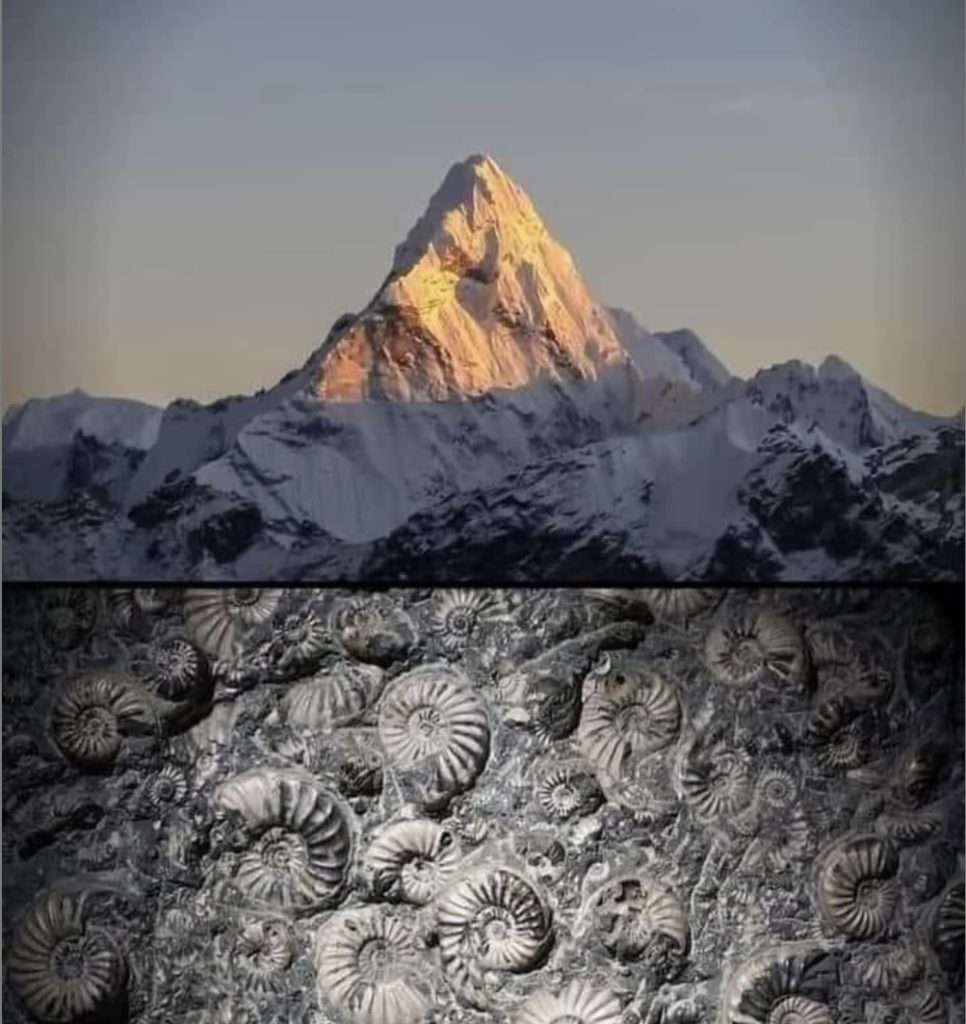
Standing 29,032 feet above sea level in between Nepal and Tibet, Mount Everest is the world’s highest peak. It’s also still growing. While there’s a push-pull dynamic at work in its vertical expansion — plate tectonics push it further into the sky at the same time that erosion does the opposite — the mountain gets about 4 millimeters (0.16 inches) taller per year on average. That means it’s actually growing at a slightly slowerrate than many of its Himalayan counterparts, some of which are rising about 10 millimeters (0.4 inches) each year.
At least 4,000 people have summited Mount Everest since 1953, although precise numbers vary depending on the source. It’s getting increasingly expensive to do so, however; the average cost is about $45,000 per person, and some spend as much as $160,000 on travel, guides, food, and equipment. There are also growing concerns that expeditions up the mountain, which have increased in recent years, are having a negative impact. Both the crowds and the waste they leave behind degrade the mountain, and some have suggested it may be time to cease climbing the summit completely. Even so, adventurous spirits remain called to summit the highest peak on the planet — and will likely continue to feel that way for a long time to come.
